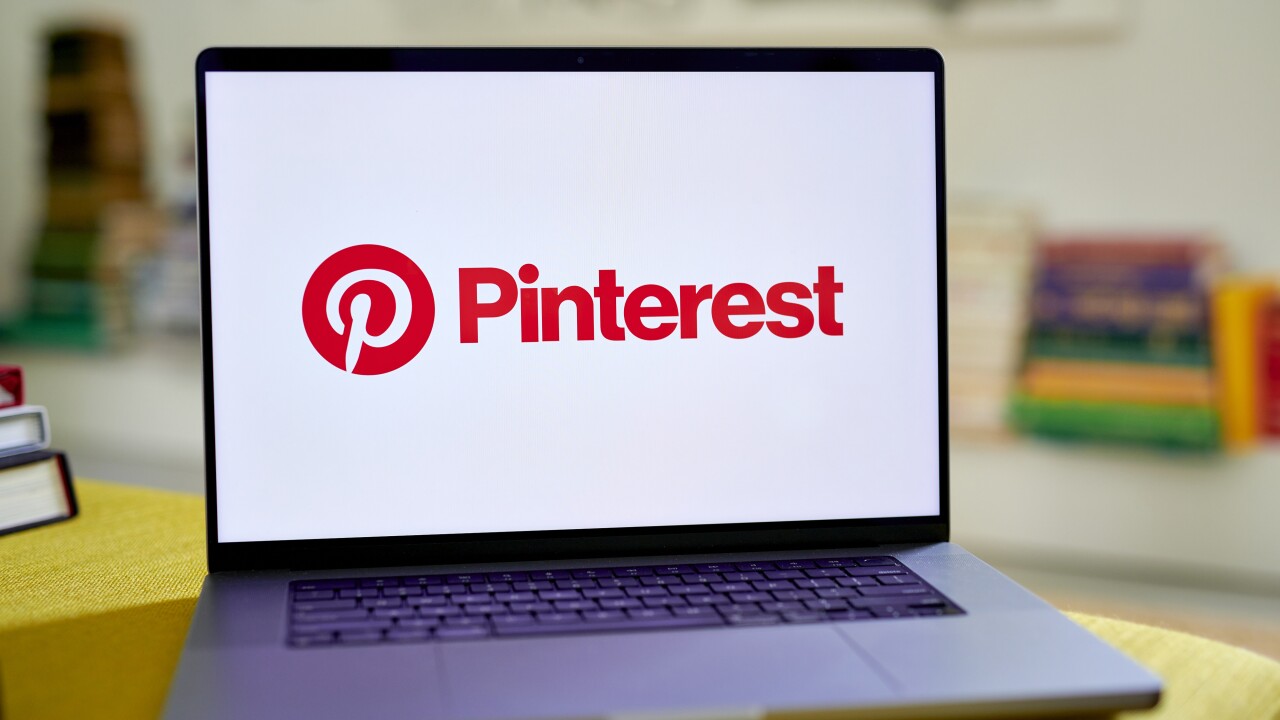Three new peer-reviewed studies published in a recent issue of the Journal of Occupational and Environmental Medicine add to the growing evidence that investment in workforce health and well-being is one facet of high-performing, well-managed companies.
The studies examined the change in stock prices for three portfolios of employers after they won awards for their employee wellness programs or self-scored themselves as having a comprehensive program. In all three cases, award winners and those with high scores outperformed the S&P index, at rates ranging from seven percent to 16% per year.
Jessica Grossmeier is the VP of esearch at the Health Enhancement Research Organization and lead researcher in one of the three studies study conducted by HERO in partnership with Mercer. “HERO conducted the study because financial leaders are very interested in stock performance and our organization is always looking for ways to engage business leaders around the value of investing in their people,” she says.

She notes that a 2013 study also published in JOEM looked at stock performance of American College of Occupational Medicine’s Corporate Health Achievement Award winners as compared to the S&P 500. “We wanted to use a different way to identify how companies invested in health and well-being so we looked at business results of organizations that voluntarily completed the HERO Employee Health Management Best Practices Scorecard,” she says.
The HERO Scorecard is a free Web-based inventory of workplace practices categorized into six domains including strategic planning, organizational and cultural support, programs delivered, program integration, participation strategies, and measurement/evaluation strategies. The 45 companies included in the study had a workforce ranging from 762 to over 270,000 employees and a score of 125 or greater out of the 200 points possible.
“When you trend the stock performance over time, the HERO Scorecard companies appreciated at 235% as compared to 159% for the S&P 500."
The simulated portfolio outperformed the S&P 500 in a number of areas. “When you trend the stock performance over time, the HERO Scorecard companies appreciated at 235% as compared to 159% for the S&P 500,” Grossmeier says. “Our test group also produced a comparable dividend to the S&P companies – 1.97% vs 1.95% – and outperformed the S&P500 in 16 out of 24 quarters during the study period.”
Results were consistent in all three studies. The selection criteria for the other two studies were the ACOEM’s CHAA winners (an update of the 2013 study) and 26 publicly traded C. Everett Koop award winners over a 14-year period.
The CHAA Award portfolio as a group outperformed the S&P 303% to 105%, for a ratio of 2.89 to 1.00 over 14 years, or 13% superior performance per year. Within the six categories, the annual outperformance ranged from 7% to 16%.The Koop Award portfolio outperformed the S&P 325% to 105% over 14 years, for a ratio 3.10 to 1.00, or 15% superior performance each year.
Also see: “
“We can conclude that the stock price of publicly held companies with wellness programs that won awards or were self-scored as comprehensive outperformed the market after the award or self-scoring. That’s a lot, but that’s all,” wrote Michael P. O’Donnell, director of the Health Research Centre at the University of Michigan in an editorial in JOEM commenting on the three studies. “There is no evidence that the wellness program or the award or self-scoring did or did not cause the stock to rise.”
Nevertheless, he suggests that the most likely reason why the stock prices of these test companies went up is that employers who are sufficiently capable and determined enough to create excellent wellness programs also understand how to manage their core business in such a way that revenues and profits grew.
Grossmeier acknowledges the relationship between the workplace health best practices as indicated in the HERO Scorecard and stock market performance must only be considered correlational (not causative). “We did not look at a bunch of companies that were not investing in health and wellness, then adopted programs and follow them over time to see what happens to stock performance,” she says. “We looked back in time and looked in retrospect at companies investing more on health and wellness.”
So what are the implications of these study findings for senior leadership?
O’Donnell believes that these studies, if shared properly, might push wellness programs into the 100 issues that are top of mind for many CEOs. “That’s because they care about increasing stock price since it represents a large portion of their compensation,” he says. “Also, from a broader perspective, the primary purpose of any publicly held corporation is to serve the shareholders and the key way to do that is to increase the stock price or pay large dividends.”
"Investing the funds necessary to create a great wellness program will not make stock prices go down. . . . and let others discover this is a very conservative statement."
He also recommends that wellness advocates present the results of these studies to the C-suite in a simple and conservative way. “Do not say that investing in a wellness program will make stock prices go up. Do not even say that creating a great wellness program will make stock prices go up. Do say that investing the funds necessary to create a great wellness program will not make stock prices go down . . . and let others discover this is a very conservative statement,” he says.





